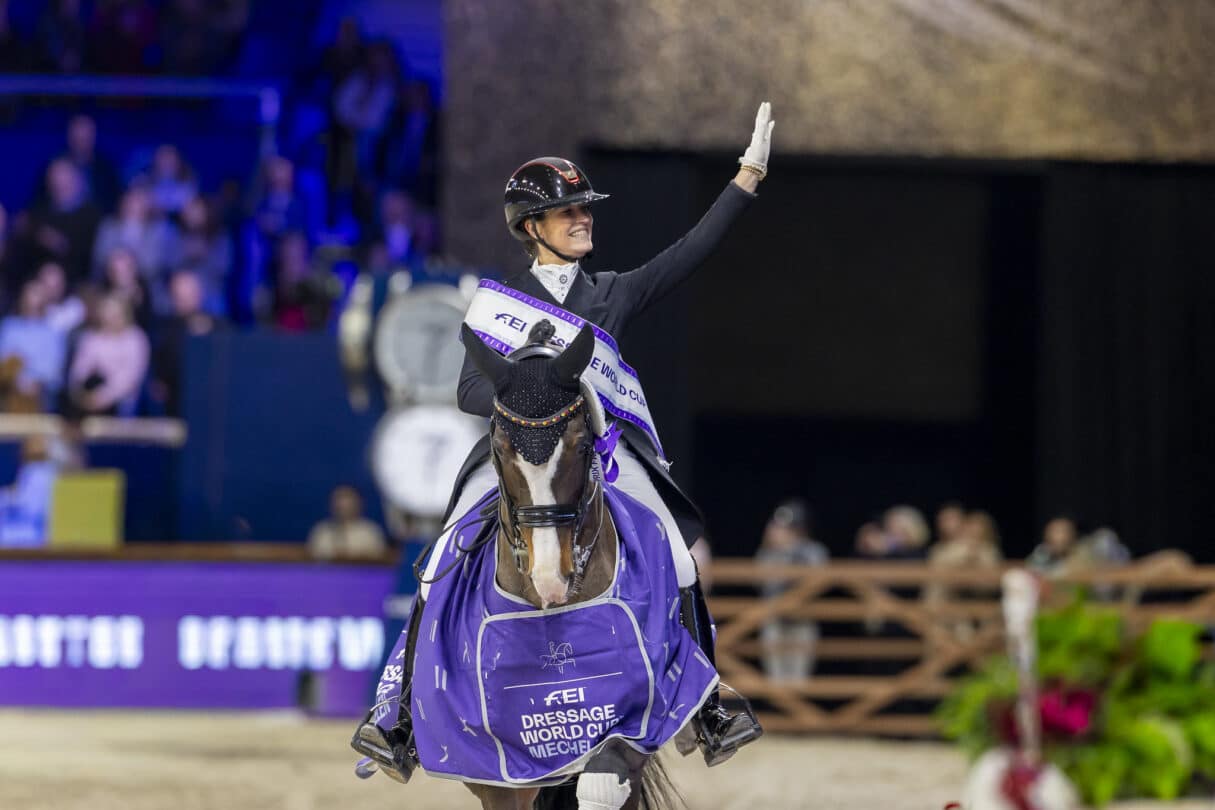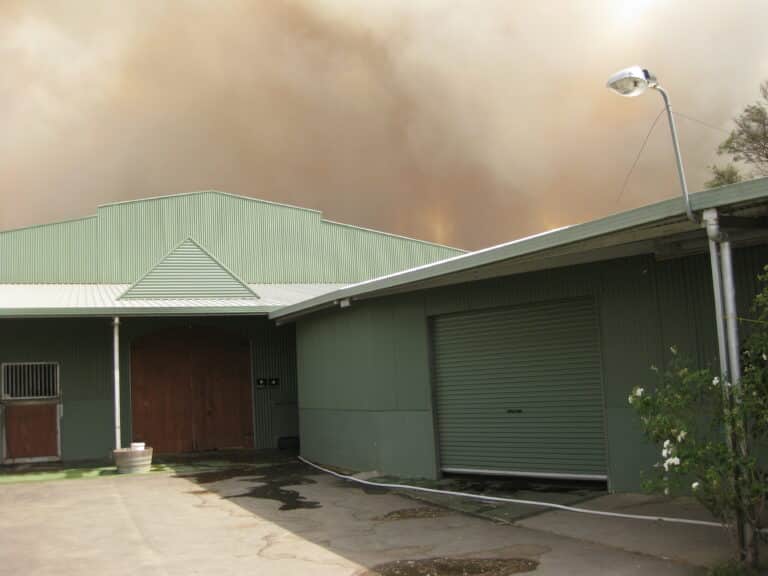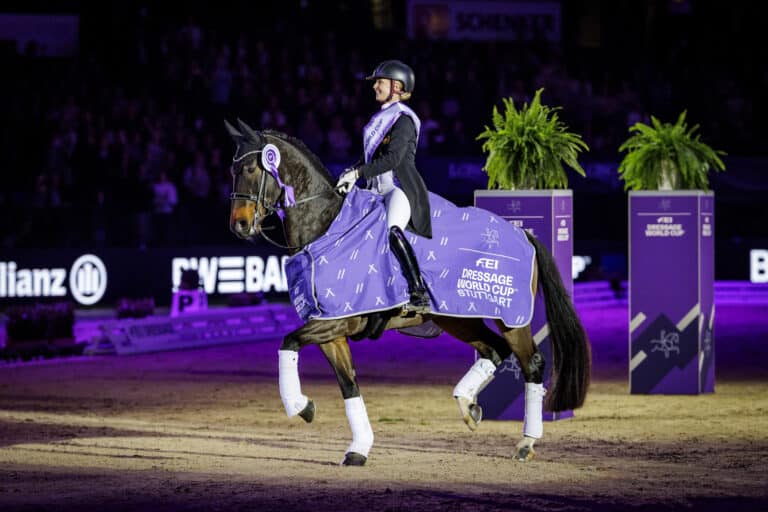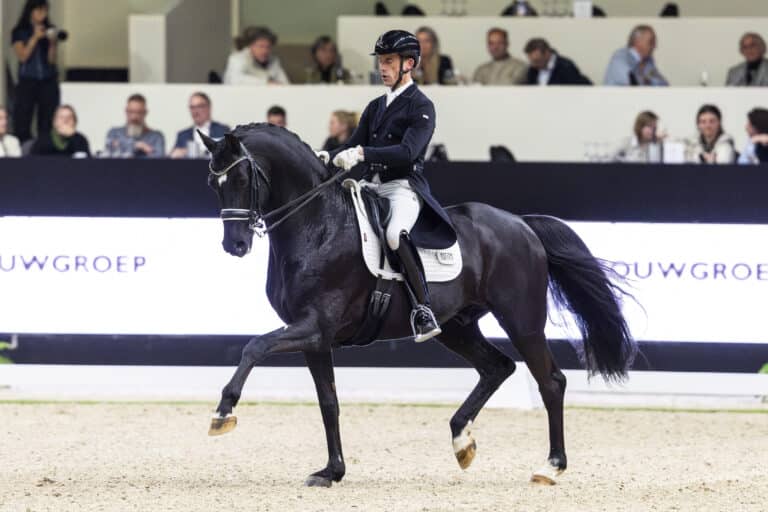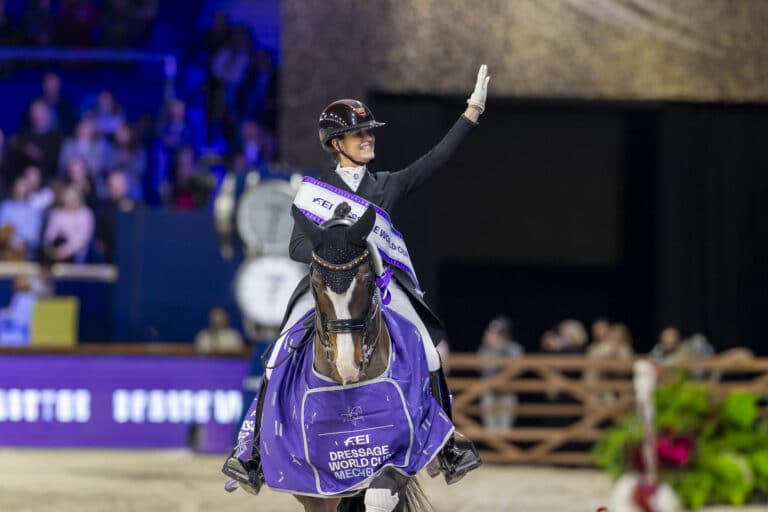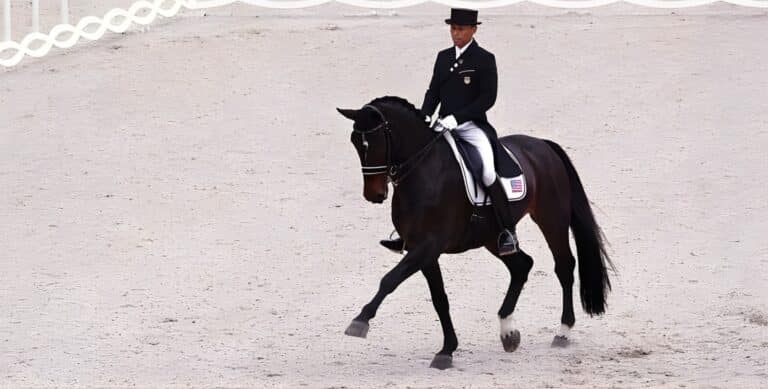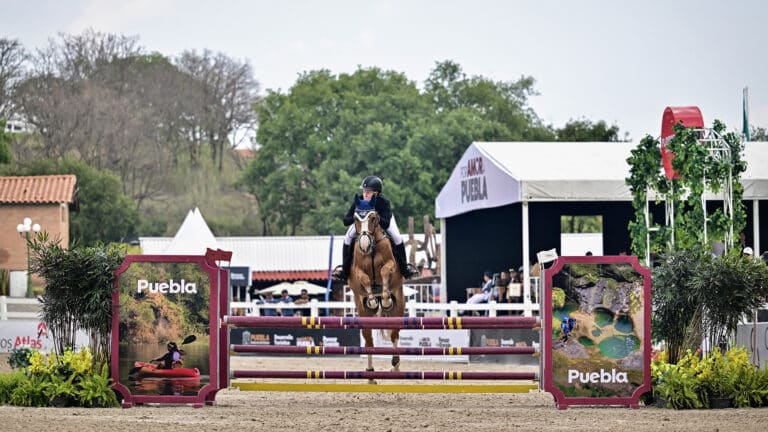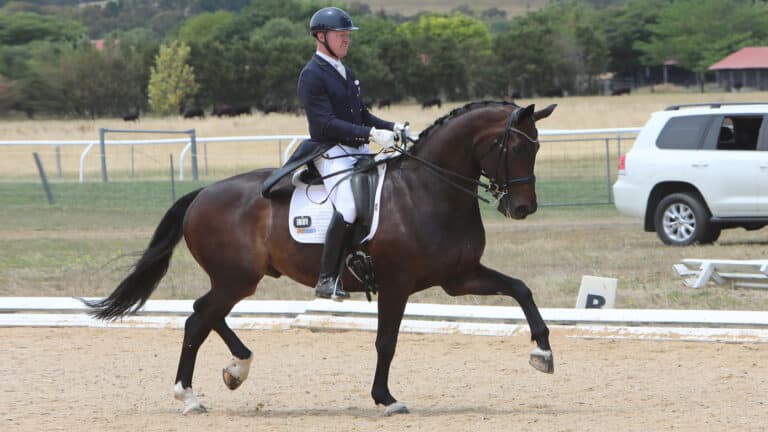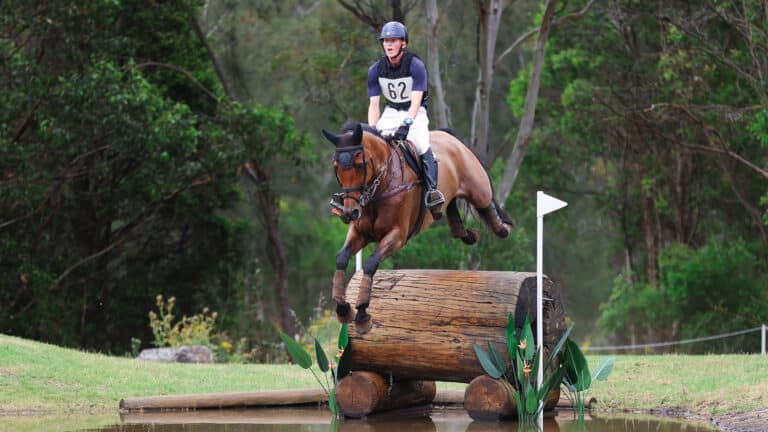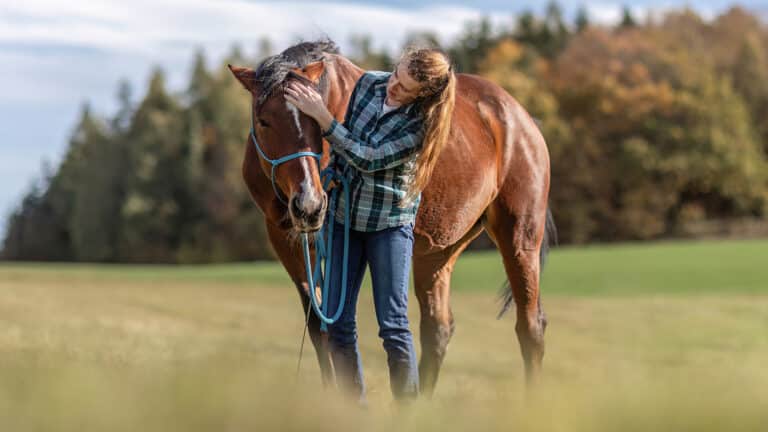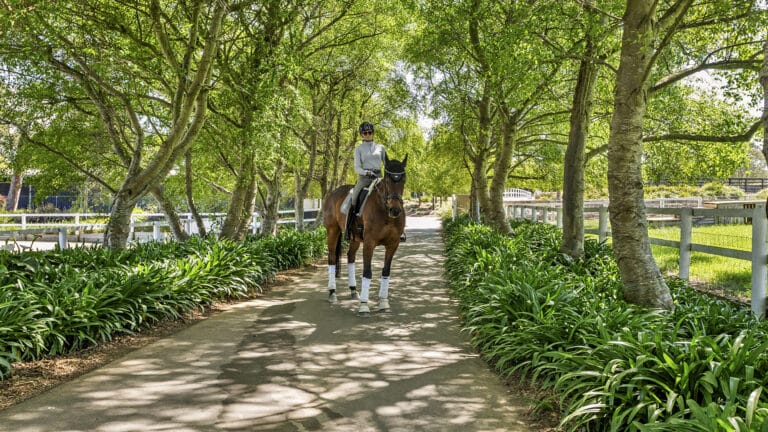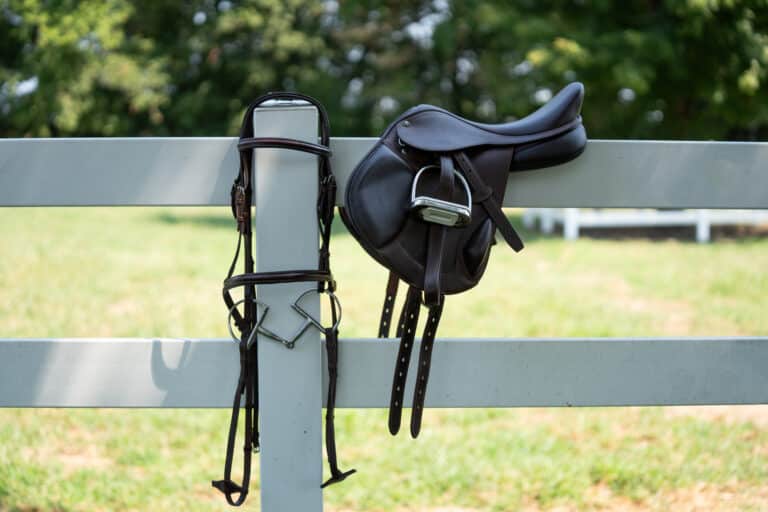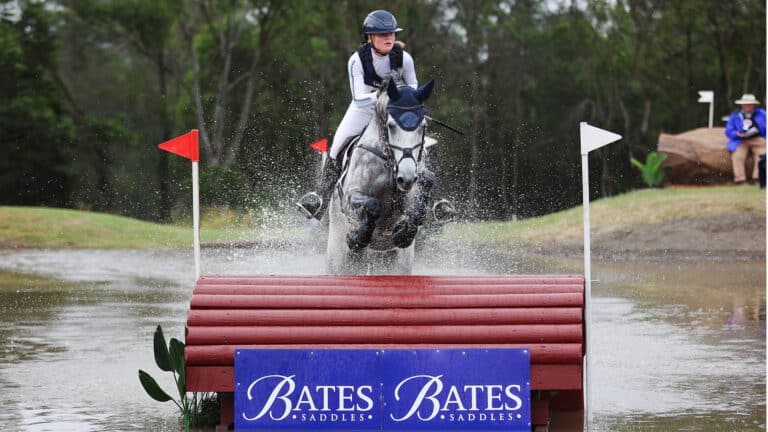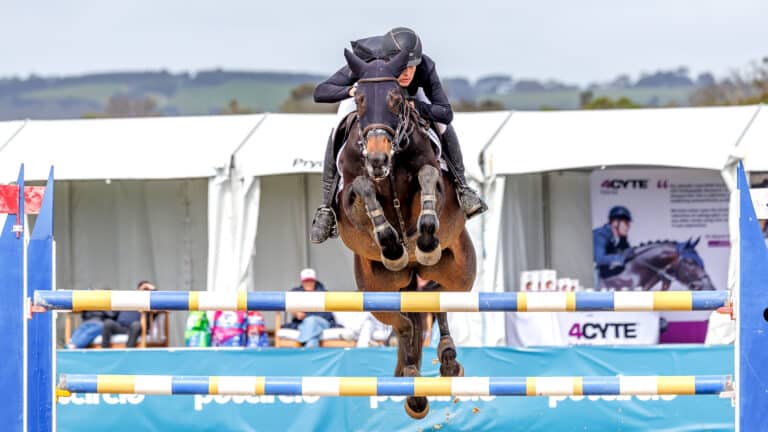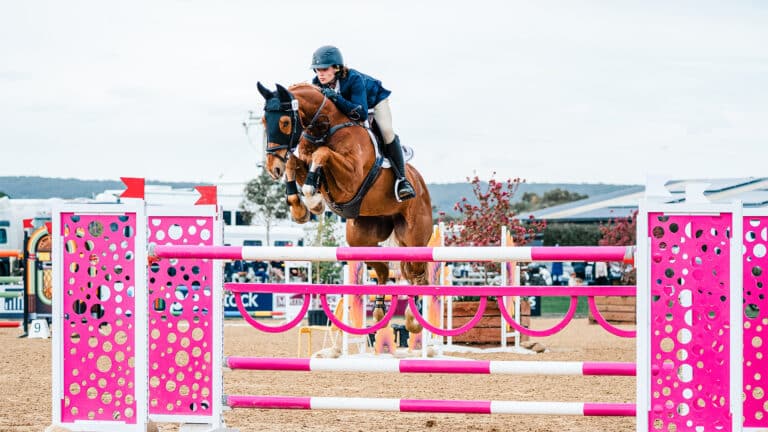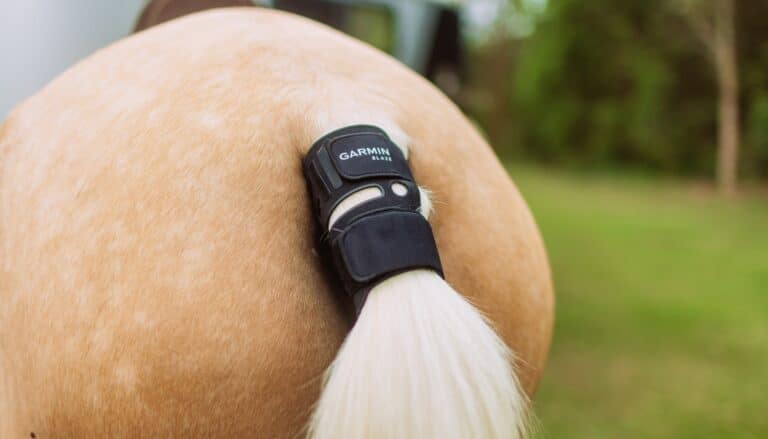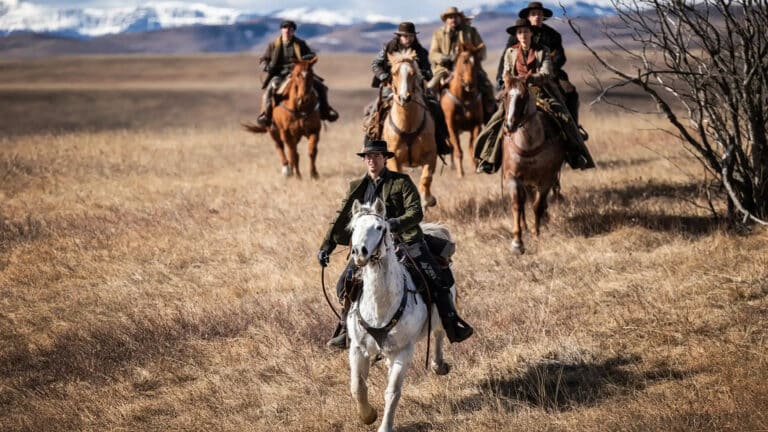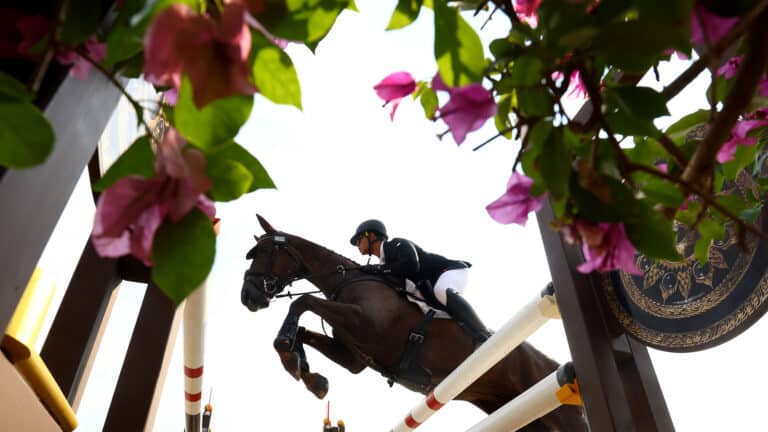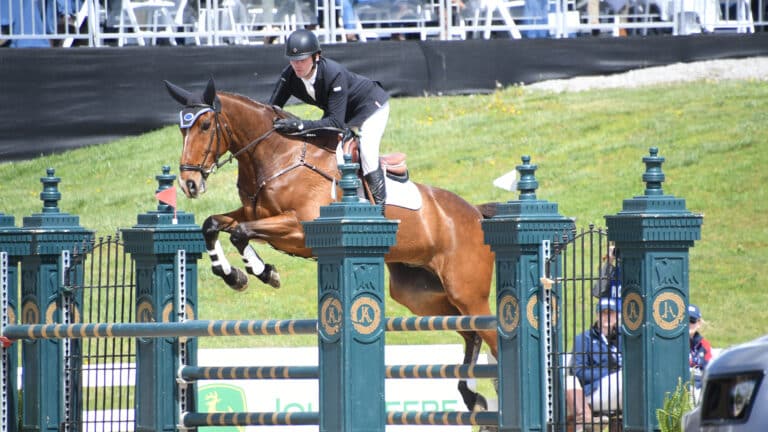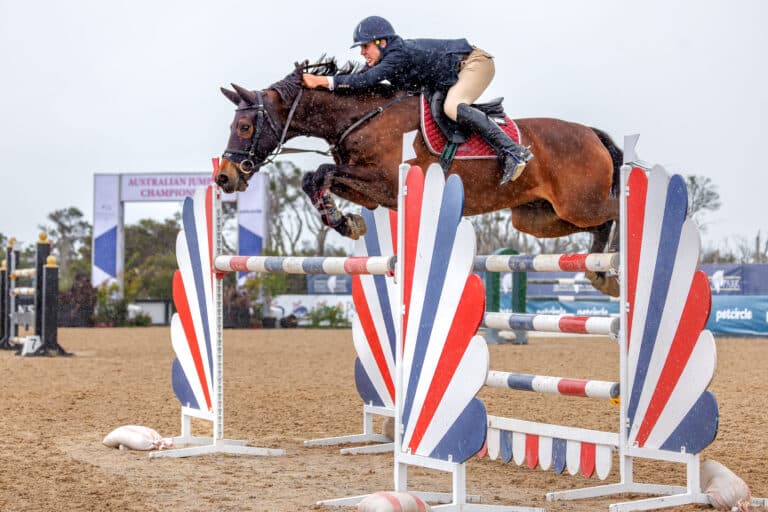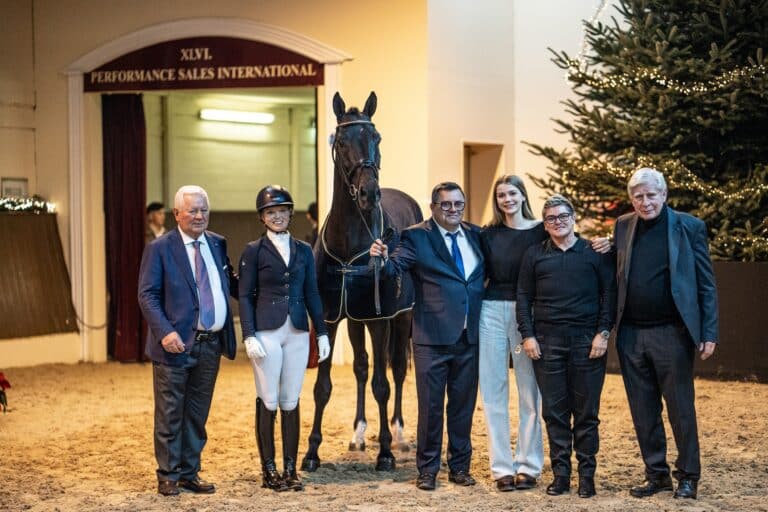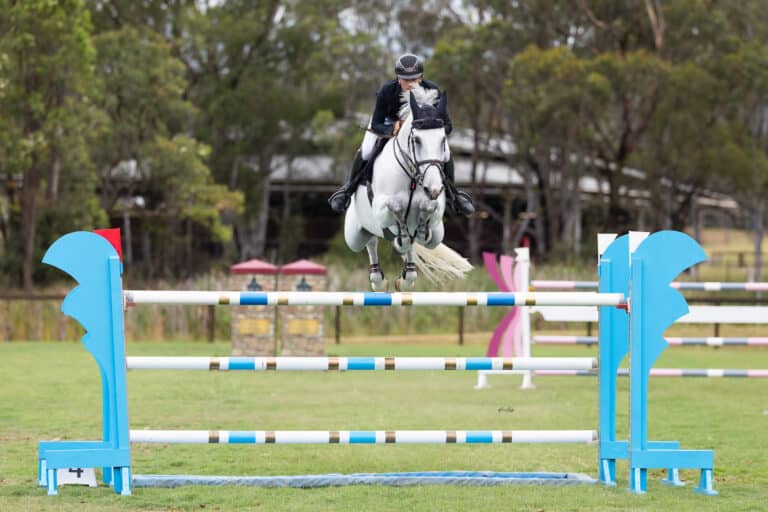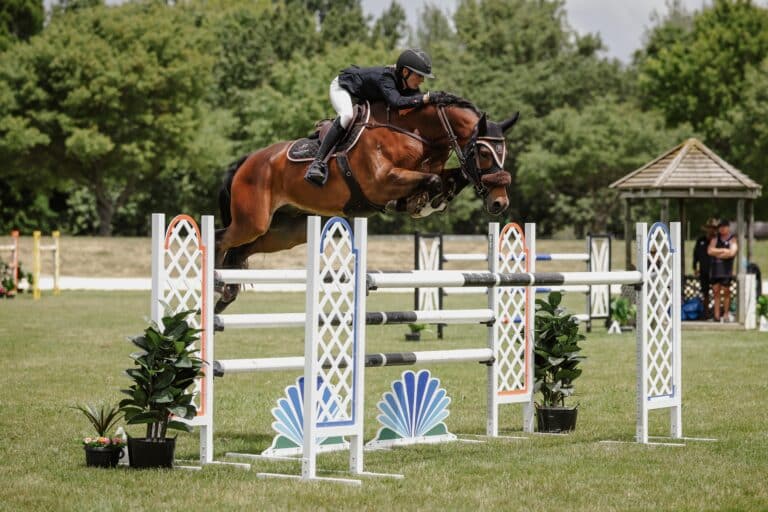Latest News
Bushfires are as inevitable as the seasons themselves in Australia. Being prepared with your own emergency plan is critical. Renowned equine behaviour expert Andrew McLean shares his first-hand experience and tips on protecting horses during a fire.
The dressage world is mourning the sudden loss of Diallo BB, the gifted Grand Prix partner of German Olympian Jessica von Bredow-Werndl, following a sudden illness.
At its Annual General Assembly, held from 11 to 13 October 2025 in Nottingham Road, South Africa, the World Breeding Federation for Sport Horses (WBFSH) took a major step forward in the history of sport horse breeding by officially adopting the Global Charter of Commitment to Equine Welfare in Breeding.
The latest FEI Dressage World Rankings reflect a dynamic end to the year, shaped by standout performances at major European indoor fixtures and a strong showing from Australian combinations across all age divisions.
Belgian dressage shone in Mechelen as Larissa Pauluis claimed victory with Flambeau, leading a home one-two. Justin Verboomen followed closely in second aboard his up-and-coming Grand Prix horse, Djembe de Hus OLD.
In episode four of ‘The Equestrian’s Inner Life’ podcast, host Pernille Hogg catches up with American Olympian Steffen Peters.
Equestrian Life Magazine
More about Jumping
Equestrian Australia has confirmed the Australian Young Rider team set to contest the 2026 Trans-Tasman Challenge, with a team of four emerging talents and one reserve named for the borrowed-horse showdown against New Zealand in Gisborne this January.
The 46th P.S.I. Auction once again delivered everything that has defined Performance Sales International for nearly five decades: outstanding horses, strong global demand and an electric atmosphere that filled the P.S.I. Auction Centre to the very last seat. Bidders from Germany, Australia, Sweden, the USA, Canada, France, Luxembourg, Switzerland, Italy, the Netherlands, Mexico, Colombia, the United Arab Emirates and Taiwan among others created excitement both in the arena and on the phones.
Tom McDermott closed the 2025/26 FEI Jumping World Cup Australian League in dominant style in Sydney, while Phillip Lever’s season-long consistency secured him overall league honours and qualification for the World Cup Final.
The rising stars of New Zealand showjumping and the people behind them have been celebrated and honoured at the Bayleys Hawke’s Bay Young Horse Championships in Heretaunga Hastings this weekend.


